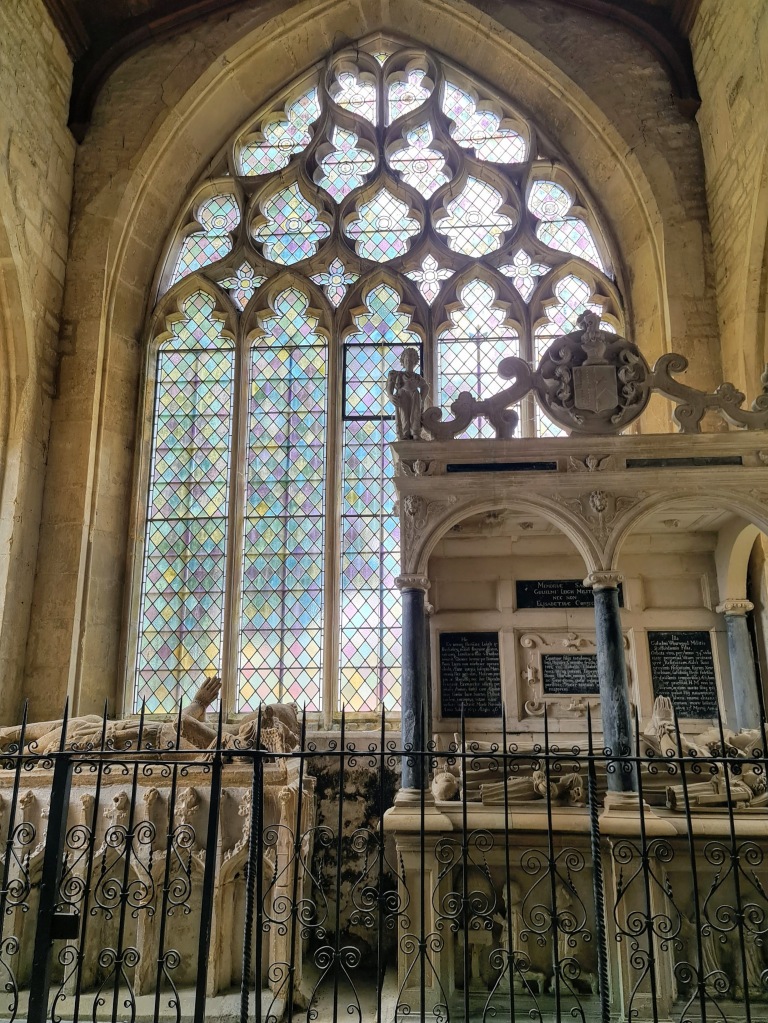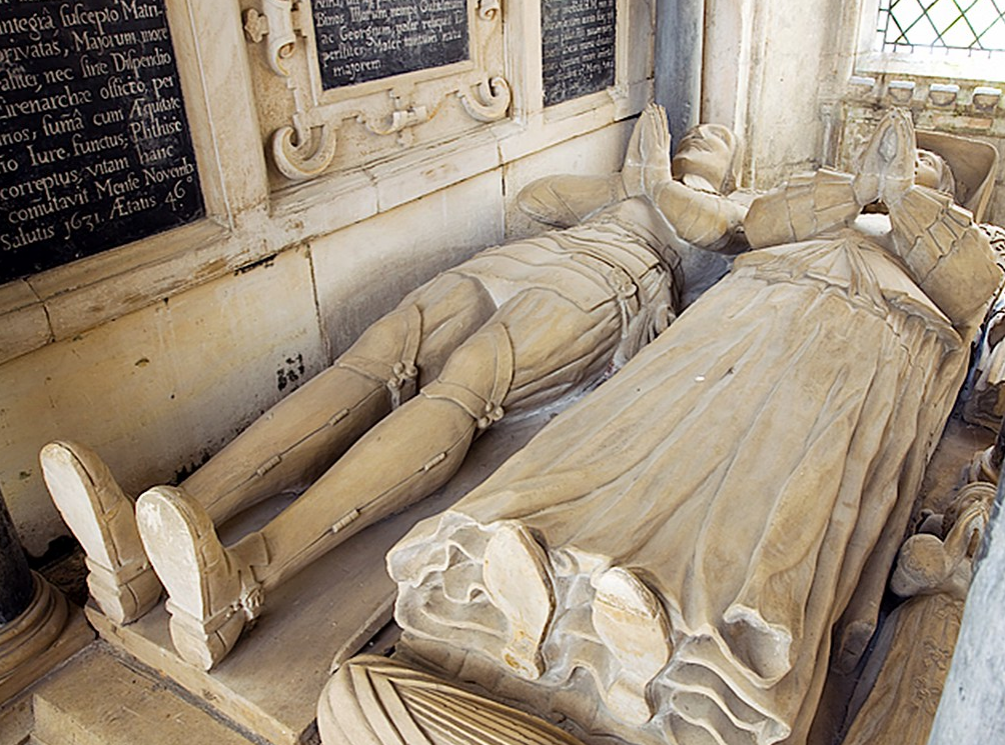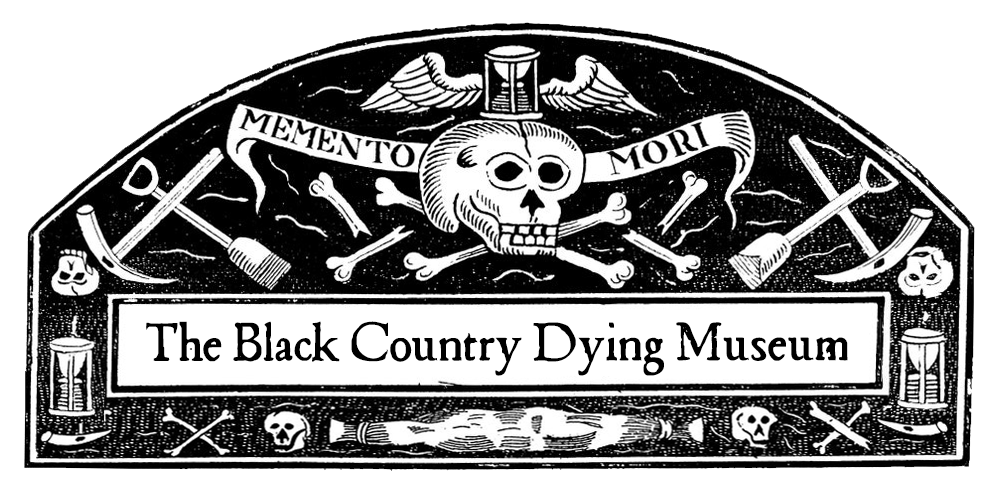We are blessed throughout the Black Country with some amazing stained glass in our churches – from Camm and Evans in Smethwick, Lemmon and Davies and the “members” of the Bromsgrove Guild, and of course the long-lasting Hardman company. It’s such a shame that so many of these delights are behind locked doors.
But something we don’t have much of here in the Black Country are the carved alabaster and painted stone monuments that are so prevalent in so many English churches and cathedrals. There are many reasons for this: some churches never had any, some were vandalised beyond repair or fell apart, some (sacrilege!) were burnt to make lime mortar. But it is not often that a specific date and person can be identified with their removal.
We can in West Bromwich though, at the parish church of All Saints (previously dedicated to St Clement). Here the Whorwood family, who had bought Sandwell Hall in the 1550s, built themselves a family chapel and filled it with their memorials. But in August 1762 William Legge, second Earl of Dartmouth, petitioned the Bishop of Lichfield who responded:
“Whereas it has been represented to us, on the part of the Rt Honourable William Earl of Dartmouth, that in a certain chapel or chancel, called the Lord’s chancel, now the property of the said earl, & part of, or contiguous to, the parish church of West Bromwich in the County of Stafford & Diocese of Lichfield and Coventry, there are several monuments, which formerly belonged to the family of the Whorwoods now extinct, which monuments are now become useless and inconvenient; wherefore the proctor of the earl of Dartmouth hath prayed our faculty for the removal of all the monuments out of the said chapel or chancel, to the end of improving and rending this said chapel or chancel more useful and ornamental . . .”
Permission was granted, and the monuments taken out and disposed of. It may be that the earl planned to fill the chapel with monuments to him and his family. At any rate All Saints was almost totally rebuilt in both the 1780s and the 1880s, by which time the Legge family had departed the polluted industrial air of West Bromwich for Patshull Hall (between Wolverhampton and Telford) and made the church in Patsull Park their family mausoleum. No memorials to the Legge family can now be found in All Saints: were they removed and or disposed of during the 1880s restoration? Given that the Legge family still owned much of West Bromwich and retained a significant interest in the affairs of the town I doubt it. But during the 1880s rebuilding two alabaster effigies were found in a coal cellar: these are now on display in the church again and believed to represent William Whorwood (died 1614) and his wife Anne.
The Whorwood family had relocated their primary residence to Halton in Oxfordshire by the middle of the 1600s and sold the Sandwell estate to the Legge family in 1701. We have found two memorials to Whorwoods in and around Oxford and Gloucestershire. The monument to Elizabeth (William’s daughter) may give us some clue as to what some of the Whorwood monuments in West Bromwich might have looked like.


Sacred to the memory of William Leigh Knight and also Elizabeth his wife. He came from both the lines of Leigh and Berkeley, enriched with noble blood, and ornamented each family with his virtues; as a youth he devoted himself not unhappily to work of scholarship at Oxford; of full age, having entered into matrimony, it was his custom to give his wealth in alms compassionately and liberally, not without loss; the office of justice of the peace he executed for many years with the greatest impartiality not just the letter of the law; attacked at length by consumption, he changed this life for a better, in the month of November, in the year of the Christian era 1631, aged 48. And four sons and as many daughters the issue of his marriage, of these three, namely, Isabel, Elizabeth and Anne, survive both parents. Two of the sons, namely William and George, the father left still living; the mother only the elder. She was the daughter of William Whorwood, Knight, of Stafford. Bereaved of her husband, for 34 years of uninterrupted widowhood she drew out a truly religious life; her house always offered a refuge to the poor of the neighbourhood, and an asylum to faithful subjects of the King (in most difficult times). This not unseemly monument to the best of husbands and to herself was set up with a generous endowment from the liberal hand of the younger son while he lived; at length she acquired immortality by a perfect death on the 23rd March in the Christian year 1664-65, and in her 83rd.




Leave a comment